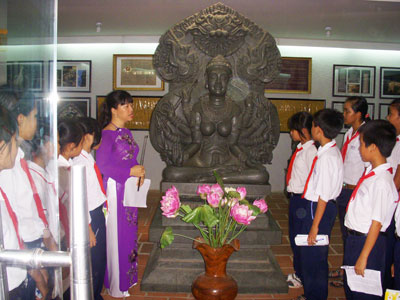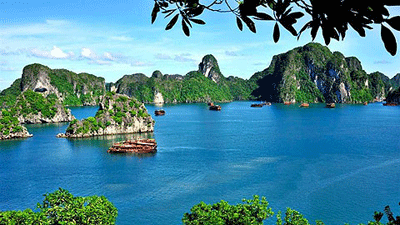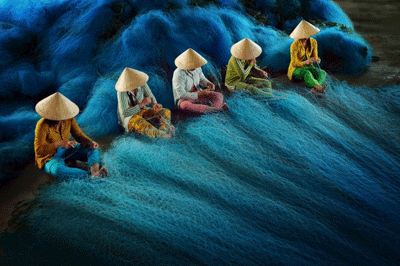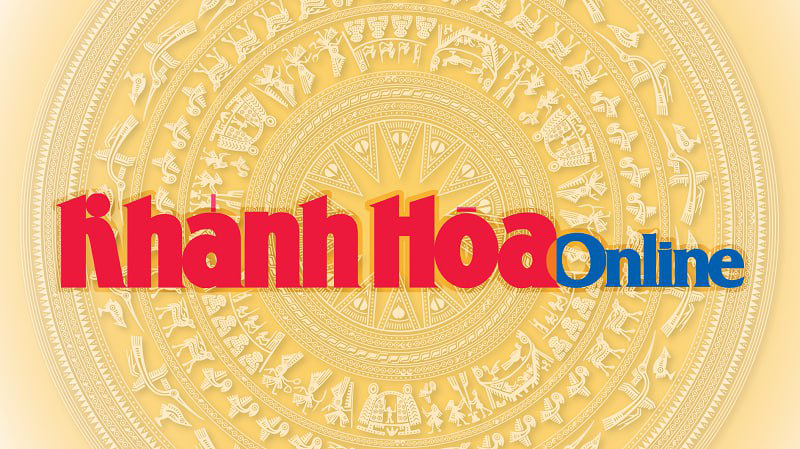
Khanh Hoa is one of the localities where many archaeological discoveries of Prehistoric and Bronze Age have been found. The achievements in archaeology not only have been significant in the field of culture but also have partly contributed to improve the teaching quality of local history.
Khanh Hoa is one of the localities where a lot of archaeological discoveries of Prehistoric and Bronze Age have been found. The achievements in archaeology not only have been significant in the field of culture but also have partly contributed to improve the quality of local history teaching.
Compiling books on Khanh Hoa’s history
Khanh Hoa was identified by the scientists, based on many researches, to be the center of Xom Con Culture. The province has many archaeological remains bearing Sa Huynh Culture as well as relics of Champa architecture. The archaeological materials found in Khanh Hoa Province played an important part not only in the field of culture and history but also in education. Archaeological materials can be used in lectures and extracurricular activities.
In 1990, Khanh Hoa Province mentioned some vestiges found in the province when composing a teaching document on local history. However, that document was quite sketchy and lacked images partly because, in that period, local history teaching wasn't paid much attention.
 |
| An extracurricular period of junior high school pupils at Ponagar Temple. |
In recent years, people have paid more attention on local history teaching. In a document on Khanh Hoa’s local history published on 2013, PhD Nguyen Thi Kim Hoa, Deputy Chairman of Khanh Hoa History Association, together with her partners built up a picture of Khanh Hoa’s history, basing on archaeological materials. In a four-episode book about local history of Khanh Hoa served in teaching and learning, Kim Hoa’s group used a lot of archaeological materials in lectures to help pupils to understand more easily about the local history.
In the part about the province's primitive period, the compilers introduced vestiges of the primitive people found in the province, such as stone tools in Hon Tre Island (Nha Trang), stone jewelry and mollusk shells in Xom Con, Hoa Diem (Cam Ranh), pot-tomb in Dien Son (Dien Khanh), and workshop making stone instrument in Doc Gao (Khanh Son).
In addition, basing on the archaeological materials, the groups also provided some preliminary information on material life (residence, food, production tools) and spirit (religion, jewelry) of people in the primitive period; Xom Con culture; the relationship among the archaeological sites.
In order to help pupils to understand more about Champa Culture, PhD Nguyen Thi Kim Hoa and her partners used archaeological materials to illustrate the historical progression of Khanh Hoa Province, from Champa time until becoming a part of Dai Viet.
“We used images and information about the Champa’s remains in the provincial Museum and Ponagar Temple to illustrate the material and spiritual life of Champa people,” Kim Hoa said.
Besides, the group of compilers also introduced some archaeological sites in Khanh Hoa Province, including Hon Tre (Nha Trang) , Xom Con, Binh Hung, Binh Ba (Cam Ranh), Vinh Yen (Van Ninh), Hoa Diem (Cam Ranh), Vo Canh Stele (Nha Trang).
Contributing to improve quality of history teaching
Apart from using archaeological materials in lectures, the schools can organize extracurricular trips to archaeological sites in order to help the pupils to understand more about the lessons and archaeological documents as well as become more interested in learning history.
In addition, extracurricular periods at museums are also an effective way to help the pupils to learn many contents at the same time.
The appliance of archaeology in teaching local history is very important to the pupils. Through the remains and archaeological materials, the pupils can learn about the material life and spirit of Khanh Hoa’s ancient people and a brilliant culture of the Champa in Khanh Hoa Province. The pupils can imagine the life of ancient people in Khanh Hoa which were associated with seas, islands and waterways, etc. through the relics and position of archaeological sites marked in the diagrams.
According to PhD Nguyen Thi Kim Hoa, the abundance of historical sites of the Prehistoric and Bronze Age in Khanh Hoa has practically contributed to improve the quality of history teaching. “We hope that, in the future, Khanh Hoa Provincial Museum will gather and preserve more archaeological heritages, making the museum a useful place for extracurricular periods,” added Hoa.
H.N










